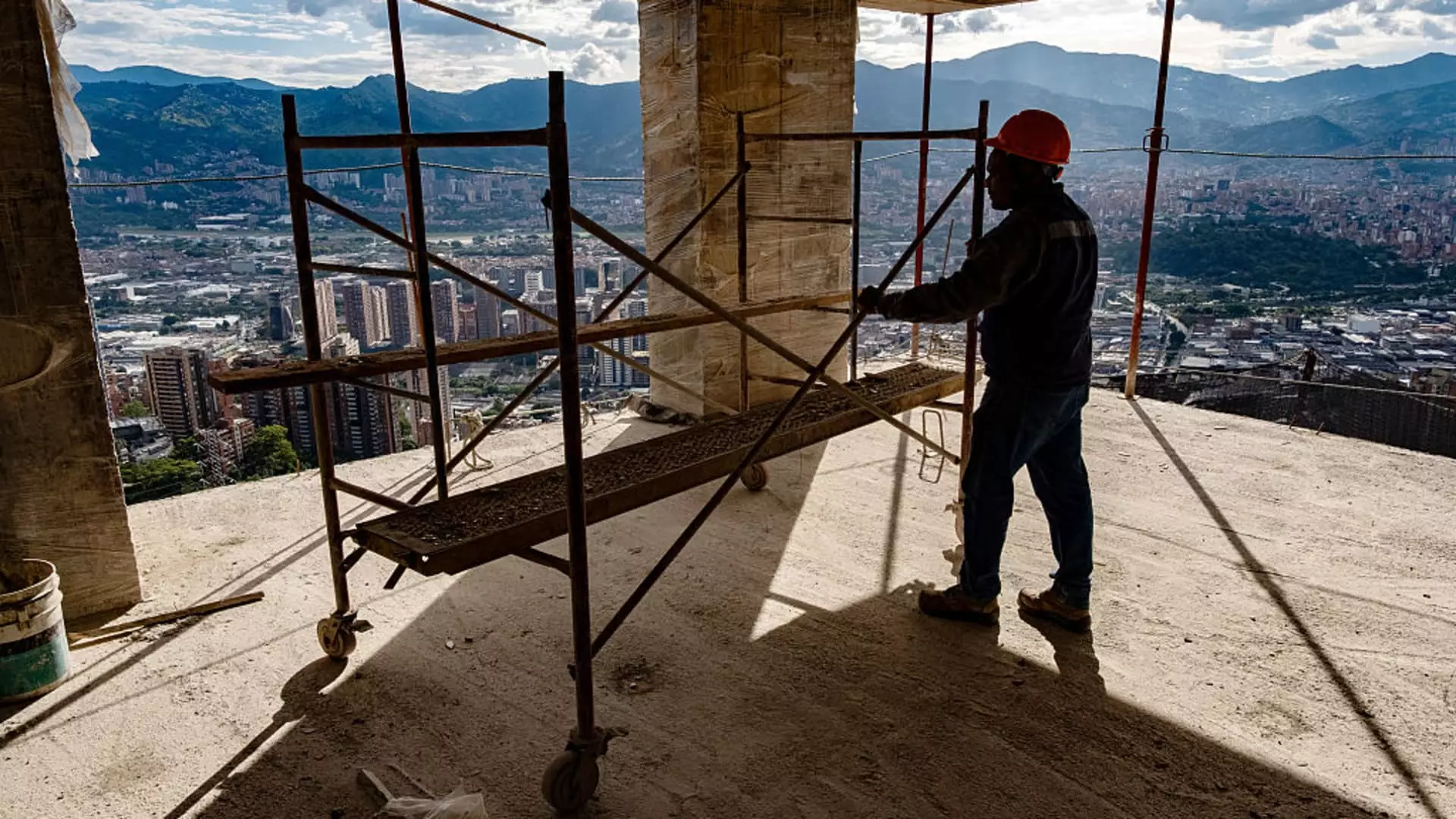Construction remains one of the most archaic sectors in the economy, stubbornly resistant to change despite its massive scale and critical role in society. For decades, the industry has relied heavily on traditional techniques, manual paperwork, and fragmented workflows that hinder efficiency and inflate costs. Its slow adoption of digital technologies exemplifies a broader resistance to modernization—a reluctance that not only harms economic productivity but also exacerbates environmental waste and safety hazards. While industries like automotive or aerospace have embraced innovation, construction remains entrenched in traditions that no longer serve the realities of modern design, planning, or execution.
This resistance to change reflects a deeper systemic issue: an industry that undervalues technological investment. Historically, construction companies allocate less than 1% of their revenues toward IT—an embarrassingly low figure given the potential benefits of automation, data management, and artificial intelligence. Such underinvestment perpetuates inefficiencies, miscommunications, and delays that cost billions annually and contribute significantly to ecological footprints. The sector’s reluctance to modernize is not just a matter of inertia but a symptom of a worldview that undervalues innovation’s importance in producing safer, more sustainable, and more cost-effective structures.
Personal Stories Spotlighting a Critical Need for Change
Behind the statistics lie individual stories that highlight why change is not only necessary but urgent. Sarah Buchner’s journey—from working on high-profile construction projects to building AI-driven solutions—epitomizes a growing recognition that technology can remedy fundamental flaws in the industry. Her firsthand experience with fatalities and the chaotic dispatch of conflicting directives on-site exposed the fragile, inefficient nature of current systems. Her transition from construction to tech entrepreneurship underscores an important lesson: those closest to the problem often hold the key to its solution.
Buchner’s innovation, Trunk Tools, leverages the transformative power of AI to streamline documentation and improve safety outcomes. By transforming voluminous unstructured data—blueprints, schedules, regulations—into digestible, actionable formats, her platform addresses a core inefficiency that inflates costs and wastes resources, including significant carbon emissions. Her story suggests that at the intersection of human experience and cutting-edge technology lies the opportunity for a radical overhaul of construction workflows, a change that would reduce environmental impact and enhance worker safety.
The Promise of AI and Modern Tech as Industry Game-Changers
Emerging technological solutions signal a turning point for construction, with AI and machine learning leading the charge. These innovations offer tools that can anticipate project risks, optimize resource allocation, and drastically reduce manual errors. For instance, platforms like Trunk Tools exemplify how AI can process millions of pages of documents into clear, usable formats—an essential capability in high-stakes projects where every detail counts and errors are costly and dangerous.
The partnership of startups with industry giants like Microsoft signifies a recognition that technological integration is inevitable and necessary. The recent infusion of $70 million in funding into Trunk Tools, led by global investors, underscores the growing confidence in these solutions. It also demonstrates a broader acknowledgment that disruption in construction is not only desirable but essential for sustainability, safety, and economic viability.
The Political and Social Imperative for Innovation
From a center-leaning liberal perspective, the push for technological innovation in construction aligns with a broader societal push toward sustainability, efficiency, and worker protections. It is irrational to continue investing paltry sums into an industry whose modern transformation could generate trillions in productivity gains while dramatically lowering environmental impacts. Governments, public entities, and private investors should recognize their responsibility to champion modernization efforts, incentivize technological adoption, and regulate environmental standards in tandem with industry advancements.
Addressing the systemic underinvestment in construction technology is not merely an economic imperative but a moral one, aligned with social justice and environmental stewardship. Today, smarter building practices mean safer workplaces, reduced emissions, and more resilient communities. Yet, entrenched interests and outdated paradigms still hinder progress. Recognizing this—and actively fostering change—can bridge the gap between traditional industry practices and the sustainable, efficient future that society demands.
This revolution is overdue. The slow march of progress must accelerate, driven by fresh ideas, strategic investments, and a pragmatic acknowledgment that technology is the only way forward for a sector that shapes our world every day. Ignoring this imperative risks further economic losses, environmental degradation, and human tragedies—all of which could be prevented through smarter, more thoughtful innovation.

